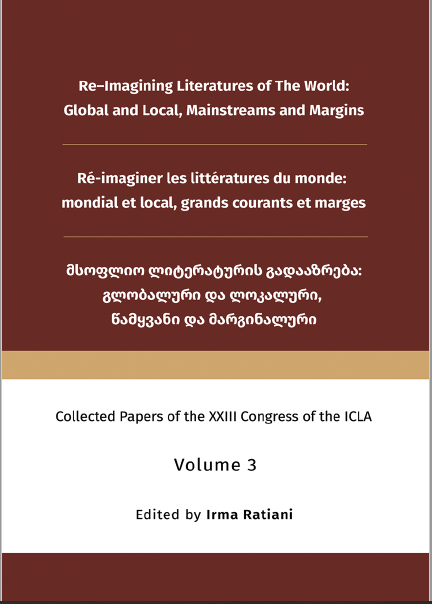The Musicality of Lithuanian Poetry: Codes of a Different Speaking
Main Article Content
Abstract
Research on the interactions between literature and other art forms, observed since the appearance of syncretic art, took off in the 18th century. These multifaceted and multidisciplinary connections between time-based arts are systematized in W. Wolf’s general concept of intermediality at the end of 20th century. Based on this concept, the paper will provide some aspects of the musicality of Lithuanian poetry. The study is based on works by V. Daujotytė, V. Česnulevičiūtė, O. Juozapaitienė, J. Girdzijauskas, V. Kubilius,
Ž. Ramoškaitė, D. Razauskas, W. Wolf, and others; comparative methodology is applied. The following conclusions were drawn:
Lithuanian secular poetry in the Lithuanian language took shape in the period of the 19th to 20th century. At the beginning, folklore and songs were of great importance, and in later periods they became one source of nourishment for lyric poetry. Another source of the musicality of poetry is the archetypal music models that took the leading position among influencing factors in the music of Western Europe.
Maironis’ works are characterized by both folk stylistics, a special closeness to folk songs, and the logic of classical music forms. In the images of the poems, the subconsciously coded mythological world of the Balts emerges, giving Maironis’ works a dimension of sacredness, awakening a sense of the greatness of the ancestors, raising the nation’s self-esteem and inviting it to fight for the freedom of the Motherland. In the existential drama of Salomėja Nėris in the WWII years appear folklore elements: quotations from folk songs, folklore lexicon sounds, pantheistic worldview, and the image of an archaic Baltic totem.
In Vincas Mykolaitis-Putinas’ poetry, we find images of classical music, analogues of complex forms of music. The musical motifs are based on the divide between death (“Marche macabre”, “Mozart”) and divine enlightenment (“Bach. Mass in B minor”). This relationship is aesthetic, but at the same time profound. In Judita Vaičiūnaitė’s work, musical motifs are signs of Western culture. The poet creatively uses the techniques of musical works, as well as the old polyphonic structural elements. In some works on
existential themes, elements of pantheistic worldliness and the poetic form of Christian religious genres interact, and deep insights into folklore genres of some other nations is impressive.
